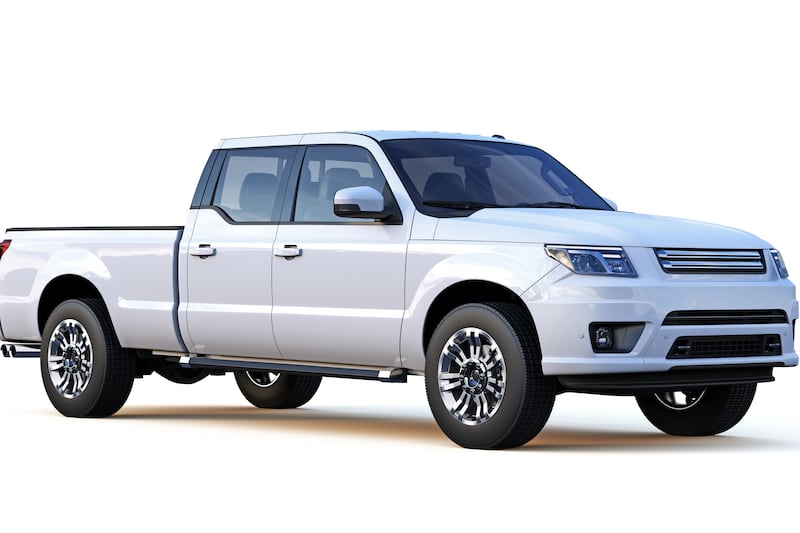QUESTION: I am thinking of purchasing either a double cab pickup or a crew cab van for work. What are the differences in the capital allowances that will be available and the benefit in kind that will be applicable?
ANSWER: When deciding between a double cab pickup and a crew cab van for work purposes, understanding the differences in capital allowances and benefit in kind (BiK) implications is crucial.
Both capital allowances and BIK are significant factors in the overall cost of ownership and can influence your choice depending on your business needs and tax situation.
Capital allowances allow businesses to write off the cost of capital assets, such as vehicles, against their taxable income, reducing their tax liability. The type of vehicle and its intended use can significantly affect the amount of capital allowance you can claim.
Generally, double cab pickups are classified as light commercial vehicles (LCVs) if they have a payload of over 1 tonne. This classification is crucial because it means they qualify for the Annual Investment Allowance (AIA). The AIA allows businesses to deduct the full cost of qualifying plant and machinery (up to a certain limit) in the year of purchase, offering a substantial tax relief.
Crew cab vans are also typically classified as LCVs, meaning they too can qualify for the AIA, provided they are used primarily for business purposes. However, the classification of a crew cab van can sometimes be more complicated due to the additional seating. The key is the vehicle’s primary purpose and construction. If it’s designed to carry goods rather than passengers, it’s more likely to be considered a van for tax purposes.
BIK tax is charged on employees who receive benefits on top of their salary, such as the use of a company vehicle. The BIK value depends on the type of vehicle, its CO2 emissions, and the list price.
Despite their size, double cab pickups with a payload of over 1 tonne are often treated favourably under BIK rules compared to cars. They are taxed as vans, which usually results in a lower BIK charge. The BIK for vans is typically a flat rate, not linked to CO2 emissions, making it more predictable and often lower than the BIK for cars.
As with double cab pickups, crew cab vans that meet the criteria for LCVs are taxed at the same flat rate for BIK purposes. This flat rate BIK can be particularly advantageous if the vehicle is fuel-efficient or electric, as it avoids the higher BIK rates associated with more polluting vehicles. Following a case HMRC won in 2020 there are certain types of vans that will be classified as cars, so it is very important that you consider everything when making your decision.

HMRC had recently announced that double cab pickups would be treated as cars rather than vans for BIK purposes from 1 July 2024 onwards. However, given the pushback the government has now made the decision to reverse the planned changes and withdraw the proposed new guidance.
When choosing between a double cab pickup and a crew cab van for work, it’s essential to consider the tax implications, including capital allowances and BIK charges. Double cab pickups are often favourable for both capital allowances and BIK, provided they have a payload of over 1 tonne. Crew cab vans can also offer similar benefits, but their classification might be more nuanced. Always consider the vehicle’s payload, primary use, and CO2 emissions when assessing tax implications.
- Shane Martin (s.martin@fpmaab.com) is tax director at FPM Accountants Limited (www.fpmaab.com). The advice in this column is specific to the facts surrounding the question posed. Neither the Irish News nor the contributors accept any liability for any direct or indirect loss arising from any reliance placed on replies.







